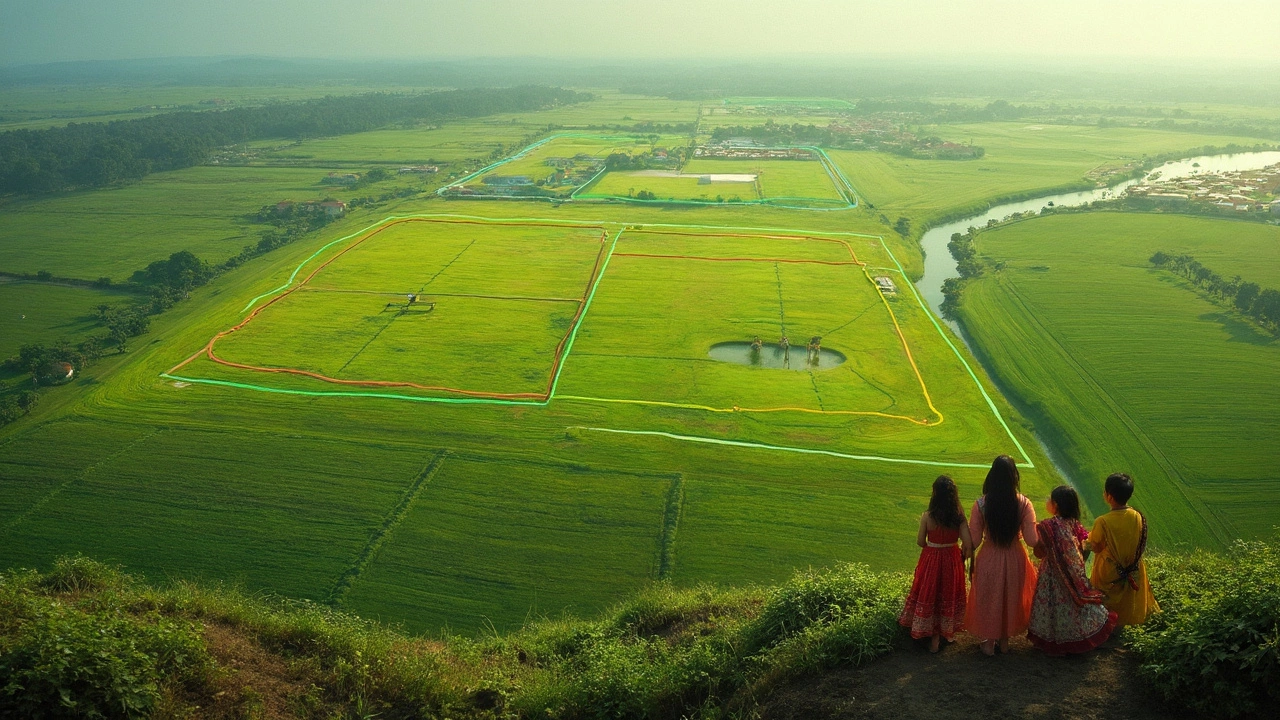100 Acres – What It Means for Buyers and Investors
Thinking about a piece of land that big? One hundred acres is roughly 4.4 million square feet, or about 75 football fields placed side by side. It’s the kind of size you hear about when farms expand, developers plan communities, or hobbyists dream of a private retreat. Understanding the numbers, the costs, and the possibilities can turn a vague idea into a solid plan.
How to Value a 100‑Acre Property
First thing on anyone’s mind is price. Value swings wildly based on location, soil quality, water access, and local zoning. In a city fringe, 100 acres might cost millions per acre, while rural Midwest can be a few hundred dollars per acre. Start by checking recent sales of similar parcels in the area, then factor in any improvements like roads or utilities. Don’t forget to add the cost of future work – clearing land, building fences, or installing power lines can add up fast.
Practical Uses for a Hundred Acres
There are more ways to use a hundred acres than you might think. Farmers often split the land into fields for crops, pastures for cattle, and sections for barns. Developers may parcel it into smaller lots for homes, a small gated community, or a mixed‑use project. If you love the outdoors, you could create a recreation area with trails, a lake, or a hunting preserve. The key is to match the land’s natural features with your goals, then map out a realistic plan.
Financing such a big purchase is another practical piece of the puzzle. Traditional mortgages work for residential properties, but for raw land you’ll likely need a land loan. Those usually require a larger down payment and have higher interest rates. Some buyers combine a loan with cash reserves to cover the first few years of holding costs while they develop the site.
Before you sign any paperwork, check the zoning regulations. Local governments decide what you can build, how many structures, and even how far they must sit from property lines. A misstep here can halt a project before you even break ground. If the land is in a floodplain, you’ll need extra permits and insurance, which adds to the cost.
Don’t overlook the importance of a good survey. A professional surveyor will map out exact boundaries, easements, and any encroachments. That prevents future disputes with neighbors and ensures you know exactly what you own. It also helps when you later divide the land into smaller parcels for sale.
Maintenance may sound simple, but a hundred acres needs ongoing attention. Invasive weeds, erosion, and wildlife can change the land’s value over time. Setting up a routine—whether you do it yourself or hire a manager—keeps the property usable and protects your investment.
Finally, think about the long‑term vision. Are you holding the land for appreciation, planning to develop it gradually, or using it for income today? A clear timeline helps you decide when to invest in infrastructure, when to sell parts of the parcel, and how to pace your cash flow.
Whether you’re a farmer, a developer, or just someone who loves space, a hundred acres offers a world of possibilities. By understanding value, zoning, financing, and maintenance, you can turn that massive piece of earth into a smart, rewarding investment.
How Big Is 100 Acres in Football Fields? Quick Land Size Comparison
by Arjun Mehta May 29 2025 0 LandEver wondered how big 100 acres really is? Comparing acres to football fields makes it easier to picture, especially if you're eyeing land for sale. This article breaks down the math, gives real-world size comparisons, and shares surprising ways people use plots this large. You'll walk away ready to spot a 100-acre parcel with confidence. Planning to buy or just curious, this quick guide is packed with practical info.
READ MORE